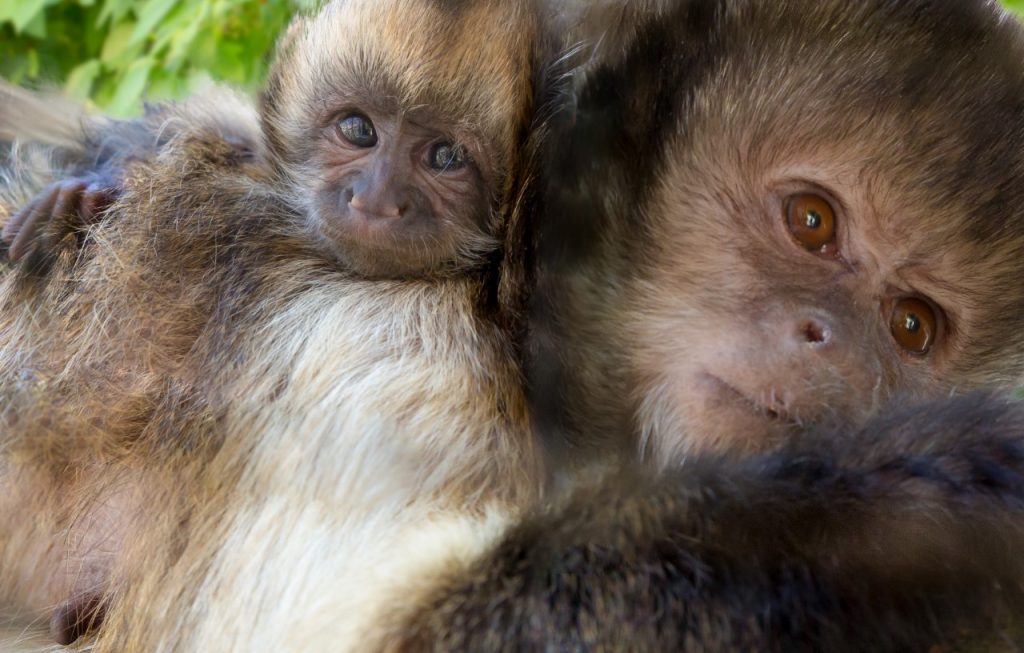UNDERSTANDING RAW MEAT DIET FORMULATIONS
Citation
Morris CL, Kappen K, Iske C. 2013. Understanding raw meat diet formulations. In Ward A, Coslik A, Mahan K, Treiber K, Reppert A, Maslanka M, Eds. Proceedings of the Tenth Conference on Zoo and Wildlife Nutrition, AZA Nutrition Advisory Group, Salt Lake City, UT.
Abstract
Concerns over raw meat diet formulations for zoological carnivores have included microbial contamination and food safety, protein source, and variations in nutrient composition and product consistency. The Food and Drug Administration’s Food Safety Modernization Act along with the 2012 AVMA Policy on Raw Pet Foods have heightened awareness of food safety concerns related to raw meat diet formulations. This awareness places increased production constraints on raw meat diet manufacturers as they work to develop safer products. Manufacturers are beginning to utilize various types of interventions during the processing of raw meat diet formulations to reduce microbial loads. These interventions may be additives added to the formulation itself or processing techniques such as High Pressure Pasteurization. Concerns regarding protein types for carnivores may be addressed by understanding the source and type of meat used along with advancements in disease control that historically may have eliminated some proteins from use in raw meat diet formulations. Product consistency is a continual concern throughout the industry and understanding typical product nutrient variation compared with institutional guidelines of acceptance help to maintain institution – vendor relationships. Once raw meat and whole prey diet products are received, institutions should have well documented protocols in place for food safety, handling, transportation, and feeding. In addition, institution recall protocols should be defined and communication with vendors should be clear and direct. These topics will help managers address concerns about raw meat diet formulations for zoo carnivores.
 4_Morris.pdf 69 KB
4_Morris.pdf 69 KB








